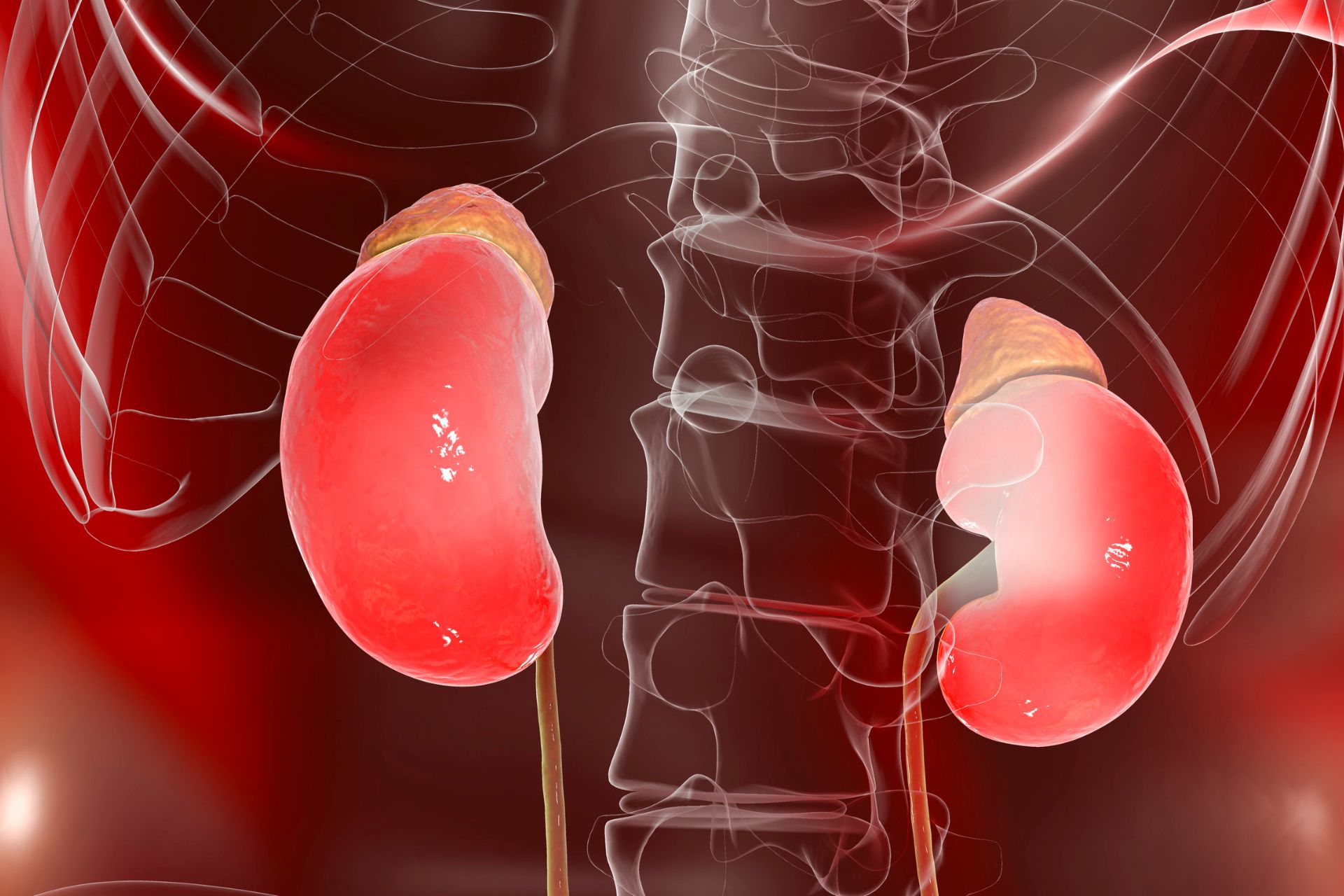Endocrine-disrupting chemicals (EDCs) are chemicals that can interfere with hormones produced in the body. Research suggests that exposure to these chemicals may contribute to a wide range of health problems, from obesity and type 2 diabetes, to reproductive and neurodevelopmental problems, to reproductive cancers.
Endocrine-disrupting chemicals can be found in food, water and many consumer products. Common EDCs include:
- Brominated flame retardants (BFRs), used in electronics, clothing, and furniture such as sofas and mattresses to reduce flammability.
- Phthalates, used to make plastic more flexible and as stabiliser in fragrance to extend the scent, these are used in hundreds of products, including plastic food wraps, vinyl flooring, soft toys and fragranced cleaning and personal care products. However, Australia how has restrictions on the phthalate diethylhexyl phthalate (DEHP) in children’s products including toys, baby bottles, dummies, cups, bowls, plates and utensils.
- Parabens, used to preserve foods and personal care products such as skincare and cosmetics.
- Bisphenol A (BPA), used in many water bottles and plastic containers, in the lining of canned foods and in thermal paper used for receipts. It has now been banned in children’s products such as baby bottles.
- Pesticides and herbicides used in agriculture and at home, in the garden or around the house.
- Per- and polyfluoroalkyl substances (PFAS) used as oil and water repellents and coatings for common products including non-stick cookware, and stain and water-resistant carpets and textiles.
Studies have shown that nearly everyone has detectable levels of EDCs is in their body. While we can’t completely avoid or remove them, we can make changes to reduce our exposure to these chemicals and their effects on our health. You can do this by:
- Learning about common EDCs and where they are found.
- Reading labels and avoiding products containing known EDCs.
- Looking for alternatives – there are an increasing number of healthier alternatives now available, from cleaning and personal care products to food storage and drink containers to natural pest control products.
- Minimising consumption of processed foods, particularly those wrapped or packaged in plastic.
- Getting a water filter and reusable glass or stainless-steel water bottle, rather than buying bottled water and reusing plastic drink containers.
- Avoiding microwaving or heating food in plastic containers.
- Reducing chemical use around house and using natural cleaning and pest control products instead.
For more information: download a free copy of: the Environmental Working Group (EWG) Guide to Endocrine Disruptors
References:
Gore AC, Chappell VA, Fenton SE, Flaws JA, Nadal A, Prins GS, Toppari J, Zoeller RT. EDC-2: The Endocrine Society’s Second Scientific Statement on Endocrine-Disrupting Chemicals. Endocr Rev. 2015 Dec;36(6):E1-E150. doi: 10.1210/er.2015-1010. Epub 2015 Nov 6. PMID: 26544531; PMCID: PMC4702494.
The EWGs Guide to Endocrine Disruptors
Australian Competition and Consumer Commission: DEHP in Children’s Plastic Items


